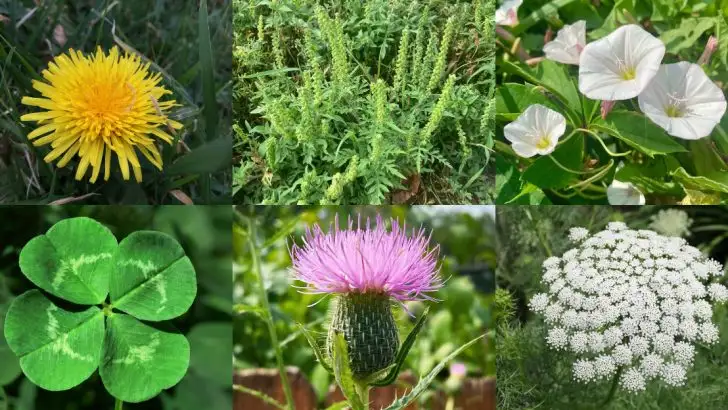Dirty soil can spark life! Imagine plants that scoff at polluted, roadside dirt—thriving against all odds like true green warriors. Forget pristine gardens; these resilient beauties take challenge head-on. Their roots dig deep into gritty earth, turning harsh conditions into a vibrant haven for growth. Picture wildflowers, hearty shrubs, and urban herbs flourishing where others would wilt away. They prove that a little road dust is not a death sentence but an invitation to bloom unexpectedly. Ready to see nature’s rebels in action? Discover 19 plants that transform rough, imperfect soil into captivating landscapes full of character and charm.
Dandelion
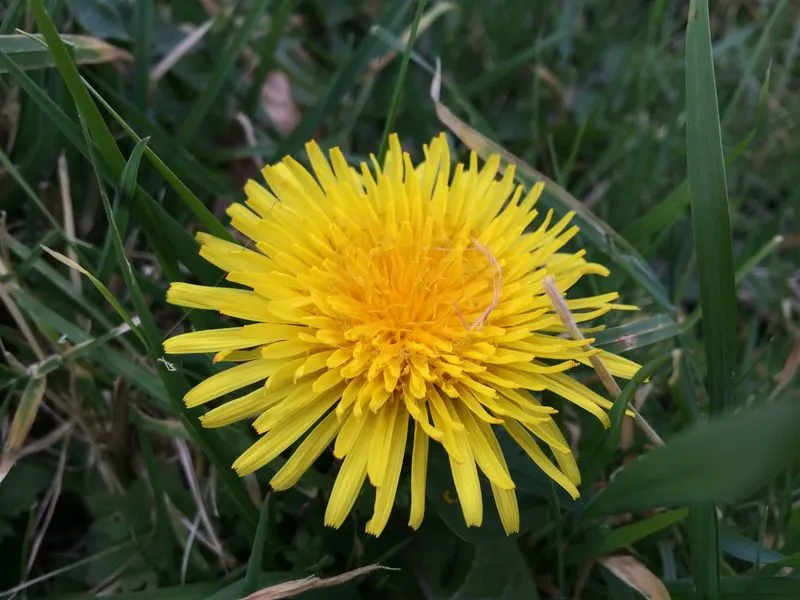
Amidst the hustle and bustle of city life, dandelions emerge as vibrant yellow blooms peeking through concrete cracks. Their sunny disposition belies their hardiness; these plants can thrive in the most neglected patches. Known for their ability to break through tough soils, dandelions symbolize resilience. Their deep taproots draw nutrients from deep underground, allowing them to survive harsh conditions. In addition to being tough, they offer edible greens and flowers, adding a touch of wild culinary delight. The dandelion’s ability to flourish in the unlikeliest places makes it an urban botanical wonder.
Ragweed
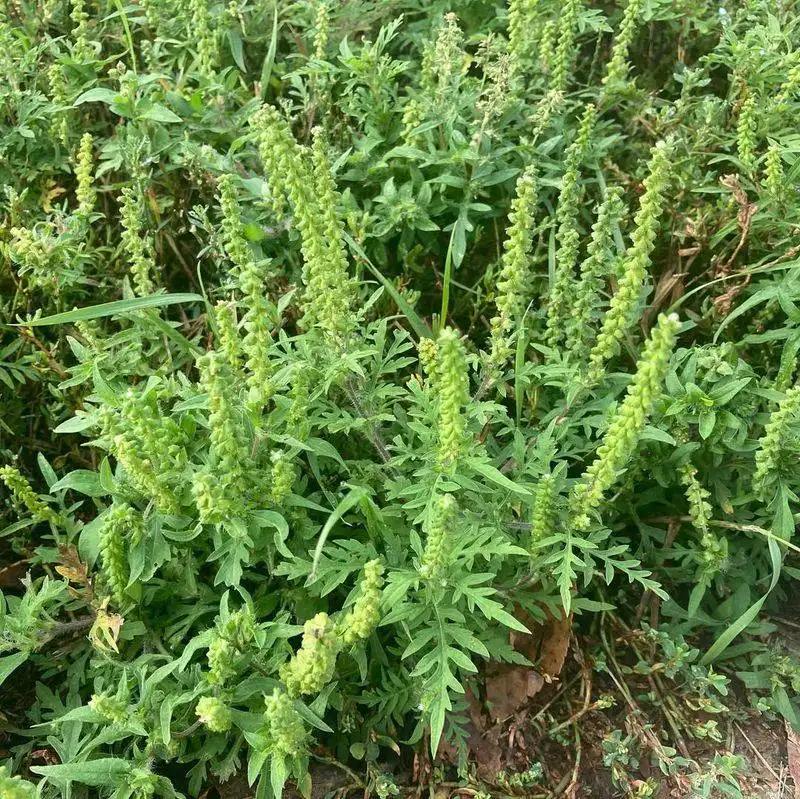
Ragweed often gets a bad rap for causing allergies, yet it’s a master of survival. Found thriving in areas where others wither away, ragweed spreads its roots in polluted soils without a care. Its tenacity allows it to flourish where few others dare. Ragweed’s resilience is evident in its ability to colonize abandoned areas quickly, showcasing nature’s will to reclaim and renew. Despite its reputation, this plant’s robust adaptation to adverse environments is nothing short of remarkable. In its own way, ragweed reminds us of the power of persistence.
Bindweed
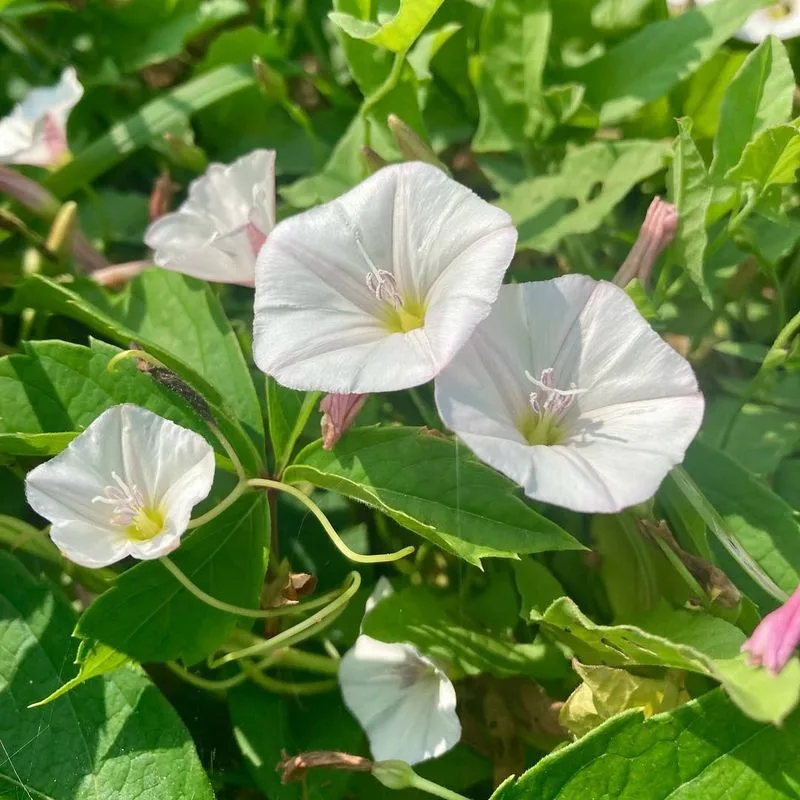
Coiling around fences and creeping over neglected plots, bindweed weaves a tapestry of white blooms that belie its tenacious spirit. This plant’s ability to thrive in poor, roadside soils is unparalleled, often forming dense mats that outcompete less hardy neighbors. Known for its rapid growth, bindweed’s survival strategy is all about persistence. It spreads through both seeds and regenerative roots, ensuring its presence in the most unlikely spots. While often seen as a nuisance, its resilience and adaptability in challenging environments are truly impressive.
Clover

Clover, with its trifoliate leaves, is a familiar sight in empty lots and roadside verges. Its ability to fix nitrogen in the soil makes it a natural fertilizer, enriching even the poorest environments. Clover’s delicate flowers attract pollinators, adding life to otherwise barren areas. This plant’s resilience is matched by its ecological contributions, making it a favorite among those seeking greenery in unlikely places. Its ability to adapt and thrive in various conditions, coupled with its low maintenance nature, underscores its role as a staple in resilient gardening.
Thistle
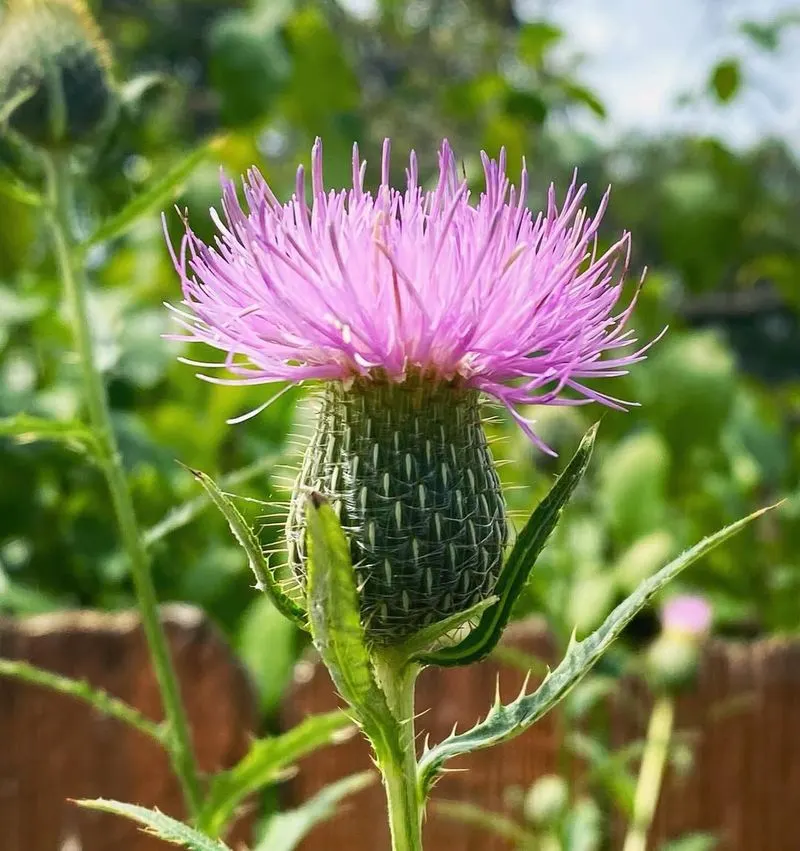
Towering and prickly, thistles are often overlooked, yet they stand as sentinels of resilience in harsh environments. Known for their striking purple blooms and spiky leaves, thistles can flourish in poor, rocky soils where others cannot. Their deep roots anchor them through storms and droughts, showcasing a tenacity that few plants match. Thistles provide essential nectar for bees and butterflies, contributing to local ecosystems. Their presence in challenging landscapes is a testament to nature’s determination and the hidden beauty in seemingly desolate spaces.
Plantain
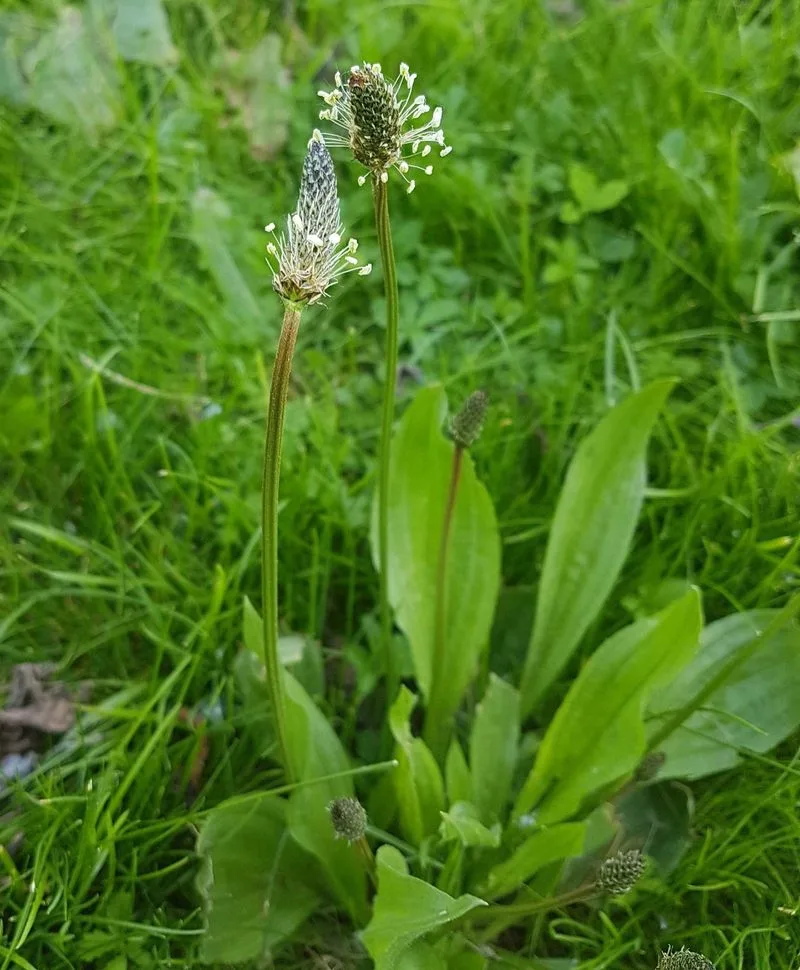
With broad, ribbed leaves that splay across the ground, plantain is a common sight in disturbed soils. Its ability to withstand trampling and pollution makes it a staple along roadsides and compacted areas. Plantain’s medicinal properties add to its appeal, providing natural remedies in unexpected places. This plant’s adaptability is captured in its ability to thrive in neglected spots, where others may struggle. Its resilience is not only physical but also cultural, as it persists in the lore of traditional herbal medicine. Truly, plantain is a healer of harsh terrains.
Goldenrod
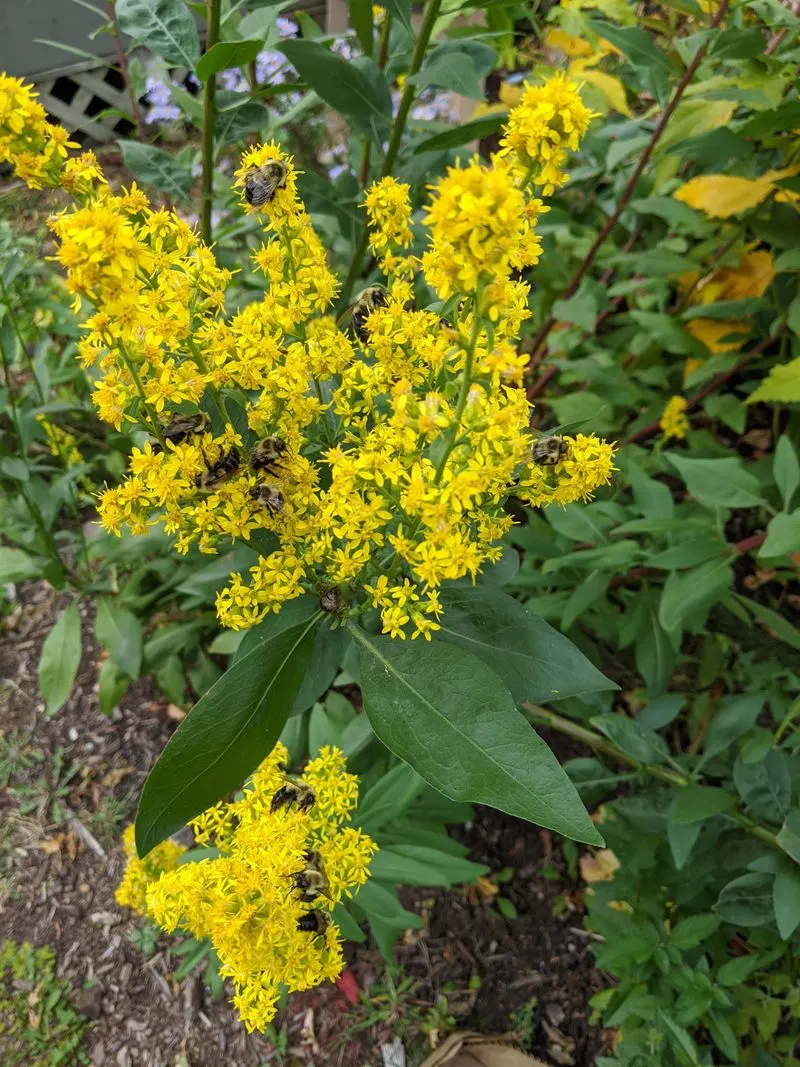
Brightening up the dullest of roadsides, goldenrod bursts with golden hues that signal the end of summer. This plant thrives in poor soils, often found in open fields and along roads. Its towering stems and feathery blooms provide crucial nectar for late-season pollinators. Goldenrod’s hardiness is matched by its ecological importance, supporting a diverse range of insects. Despite its association with allergies, it’s the unsung hero of neglected spaces, thriving where others cannot. In a landscape of grey, goldenrod stands as a beacon of color and life.
Queen Anne’s Lace
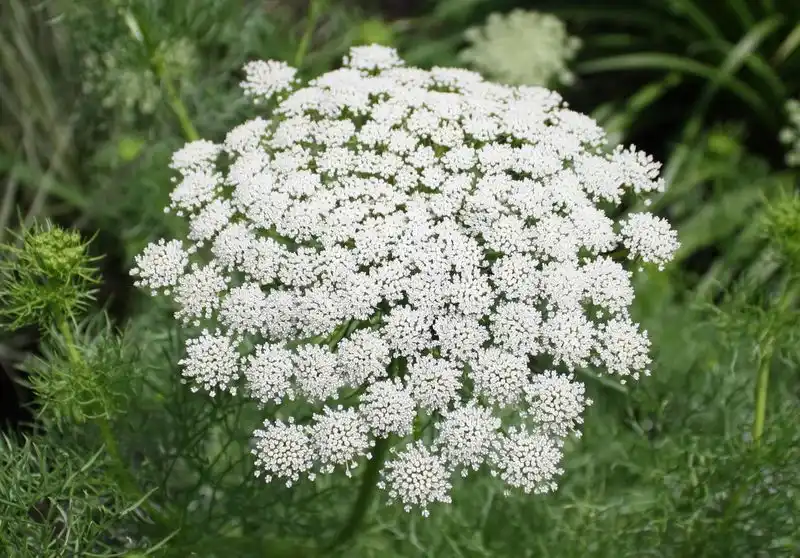
With its lacy, white flowers and delicate appearance, Queen Anne’s Lace may seem fragile, yet it’s far from it. This wild carrot adapts effortlessly to gritty roadside environments, flourishing in poor soils where others fail. Its umbrella-like blooms attract beneficial insects, playing a vital role in local ecosystems. Queen Anne’s Lace’s ability to thrive in less-than-ideal conditions exemplifies nature’s artistry in resilience. Often spotted along country roads, it adds a touch of elegance to the wild, proving that beauty can thrive in the most unexpected places.
Chicory
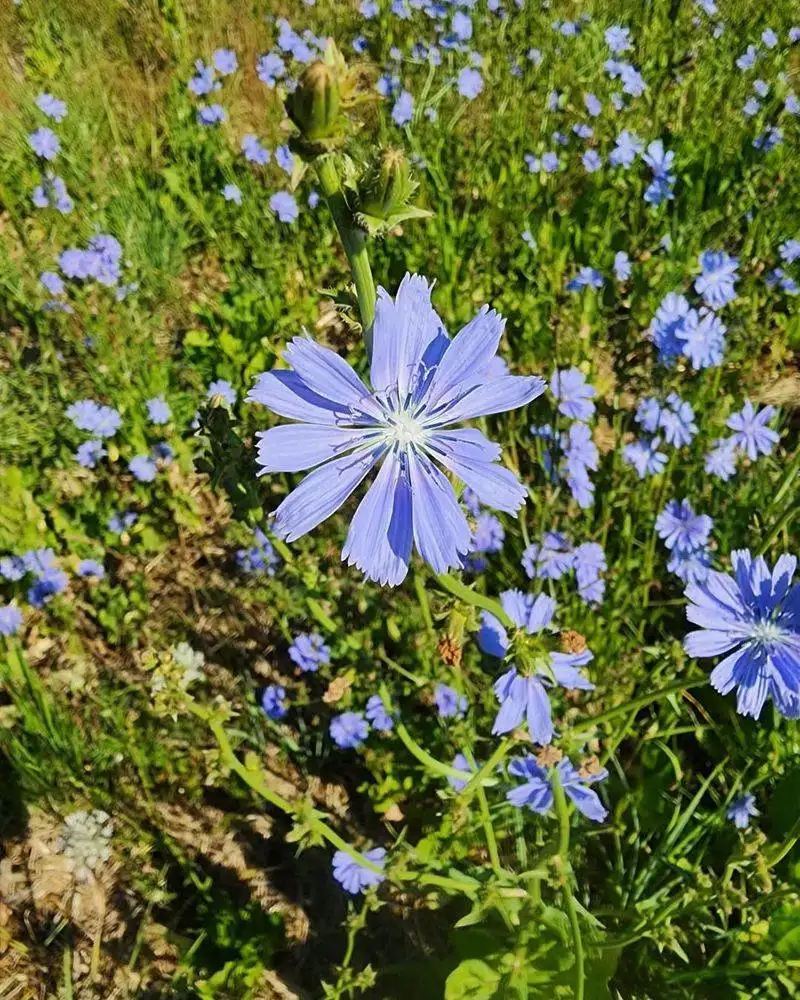
Chicory’s vibrant blue flowers are a common sight along roadsides, offering a striking contrast against the urban backdrop. Its deep roots allow it to draw nutrients from poor soils, showcasing a remarkable ability to adapt and endure. This plant has been utilized for its roots and leaves in culinary and medicinal applications, adding value beyond its beauty. Chicory’s resilience in polluted areas highlights its role as a survivor, thriving in neglected spaces where others might falter. Its presence is a reminder of the vibrant life that can exist in overlooked locales.
Wild Mustard
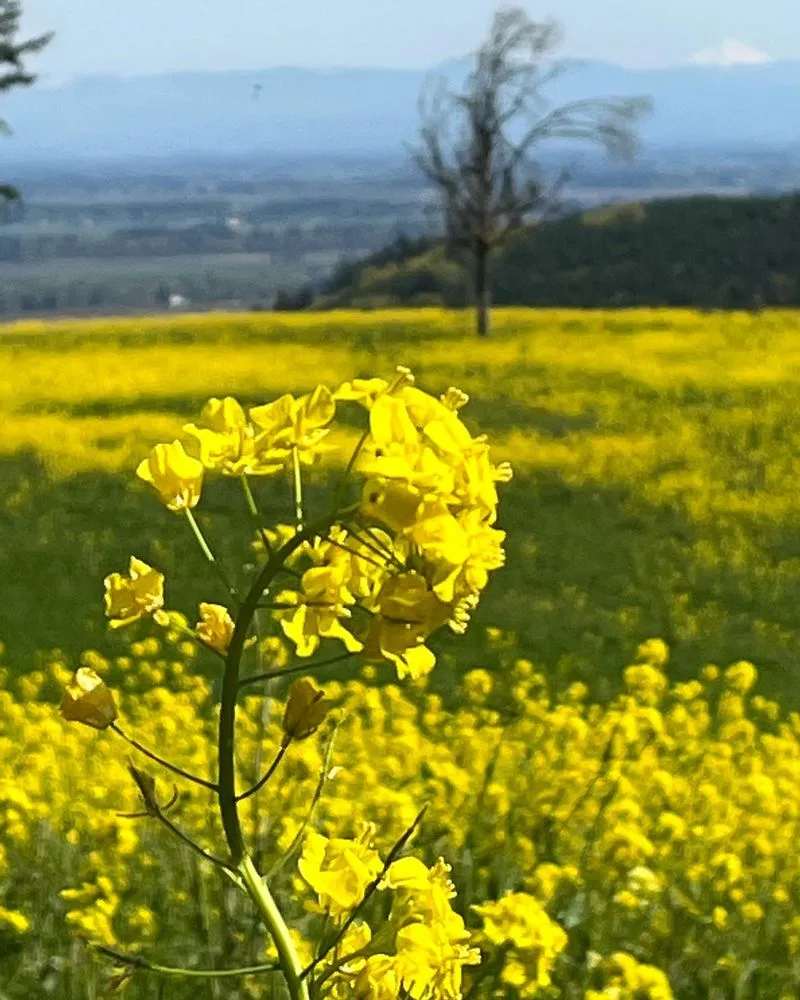
Wild mustard, with its cheerful yellow flowers, has a knack for colonizing disturbed soils. Its rapid growth and ability to adapt make it a common sight in fields and along roads. This plant’s roots penetrate compacted earth, helping to break up the soil and improve its structure over time. Wild mustard is not just resilient; it also offers edible greens, adding a practical aspect to its charm. Its presence in tough environments showcases nature’s ingenuity in thriving where others might not even venture. A true testament to persistence.
Stinging Nettle
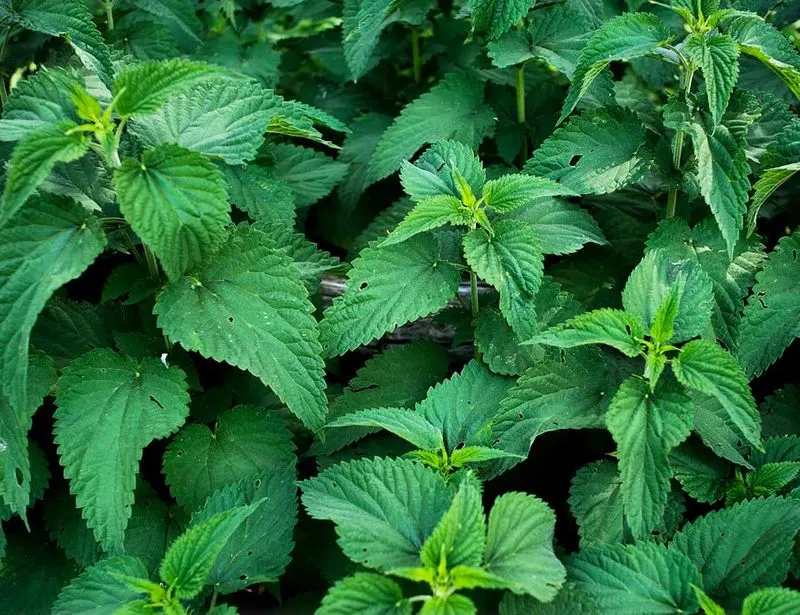
Stinging nettle may be notorious for its sting, but its resilience is unparalleled. Found in neglected areas, it thrives in nutrient-poor soils, contributing to soil regeneration. Its presence indicates a balancing act of nature, as it enriches the soil with essential minerals. Beyond its sting, nettle is valued for its nutritious leaves and herbal benefits. Its ability to flourish in challenging landscapes marks it as an ecological powerhouse, turning adversity into opportunity. This plant is a reminder of the benefits that often come from unexpected places.
Milkweed

Milkweed is best known as the home for monarch butterflies, and its role in supporting this species is crucial. Found along roadsides, it thrives in poor soils, offering a lifeline to pollinators. Milkweed’s adaptability allows it to flourish in areas where others might struggle, making it a cornerstone of roadside ecosystems. Its distinctive pods and vibrant flowers add both ecological value and visual interest. As a plant that supports biodiversity, milkweed’s presence in tough environments underscores its importance in maintaining ecological balance.
Lamb’s Quarters
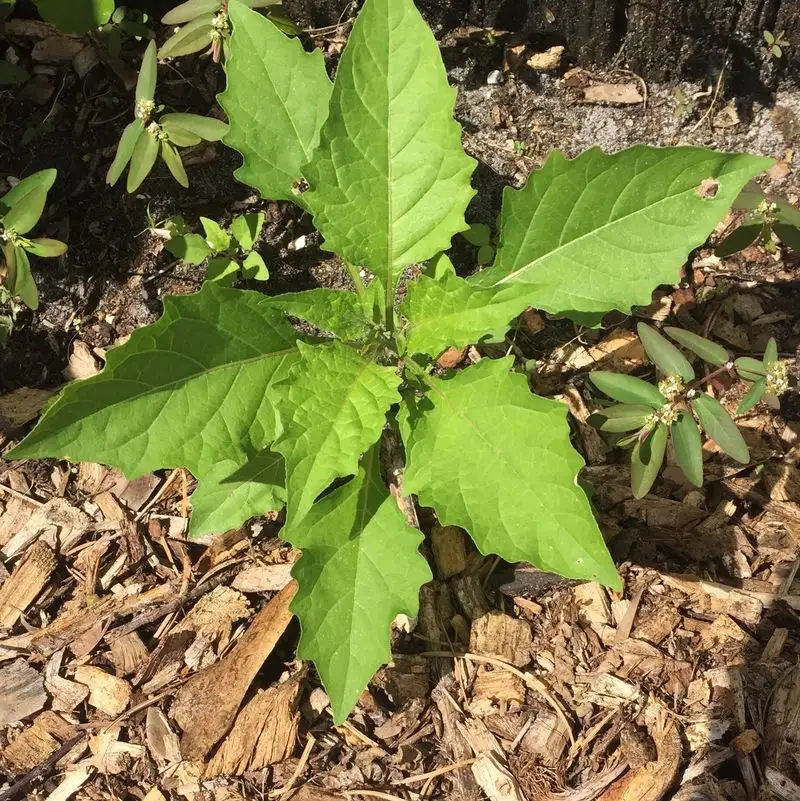
Lamb’s quarters might be considered a weed, but its ability to thrive in neglected soils is impressive. Found in urban lots and abandoned fields, it grows rapidly without fuss. Its edible leaves offer a spinach-like taste, adding nutritional value to its hardy nature. This plant’s resilience is matched by its modesty, often overlooked yet abundant. Lamb’s quarters’ presence in difficult environments is a testament to its adaptability, providing an unexpected source of nourishment and greenery where it’s needed most. It’s a humble hero in urban gardening.
Sow Thistle
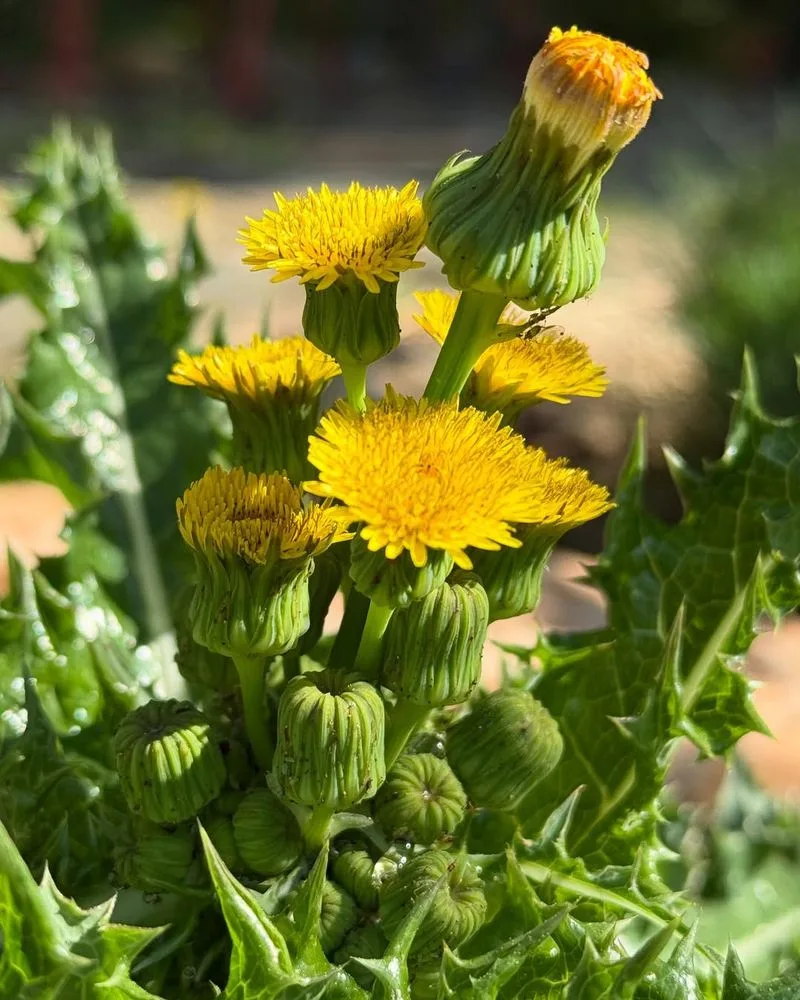
Sow thistle stands out with its sunny yellow blooms and dandelion-like appearance, thriving where many would falter. Found alongside sidewalks and in urban environments, it’s a beacon of resilience. This plant’s deep roots draw nutrients from poor soils, allowing it to flourish in compacted areas. Sow thistle’s rapid growth and adaptability make it a common sight in neglected spaces, contributing to urban biodiversity. Despite its weedy reputation, its ability to beautify and enrich barren landscapes is undeniable. It’s a vibrant symbol of growth against the odds.
Horseweed
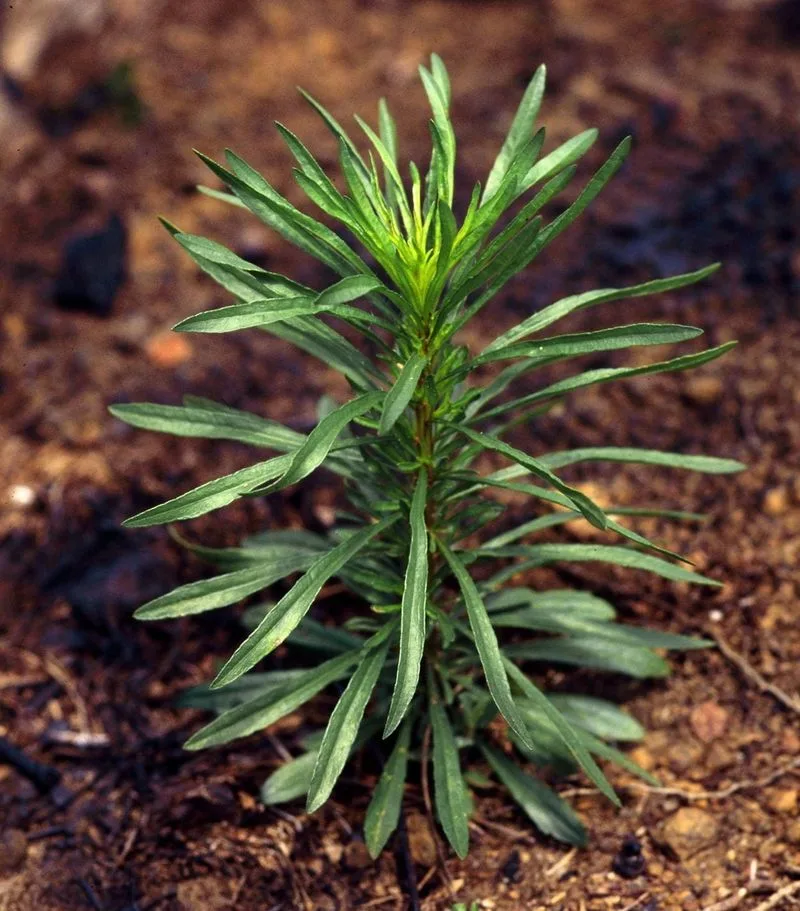
Horseweed, with its tall, spiky form, is often seen rising from the cracks in asphalt and neglected soils. Its ability to withstand pollution and poor conditions is remarkable, making it a common roadside resident. Horseweed’s rapid growth allows it to quickly colonize disturbed areas, helping stabilize and improve the soil. Its presence is a testament to nature’s ability to reclaim spaces that seem beyond repair. Despite its unassuming appearance, horseweed plays a crucial role in ecological restoration, demonstrating resilience in the face of adversity.
Fescue Grass
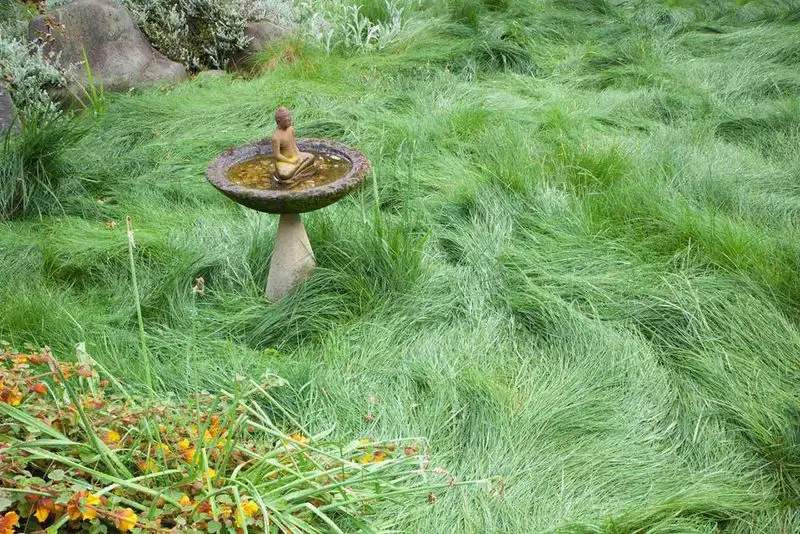
Fescue grass is known for its fine texture and adaptability to harsh environments. It can thrive in sandy, dry soils, making it a favorite for roadside landscaping. This grass’s drought tolerance and low maintenance needs highlight its resilience in challenging conditions. Fescue’s ability to establish itself quickly provides ground cover that prevents soil erosion, contributing to environmental stability. Its presence in tough environments is not just practical but also aesthetically pleasing, providing a lush, green backdrop that withstands time and wear.
Mullein
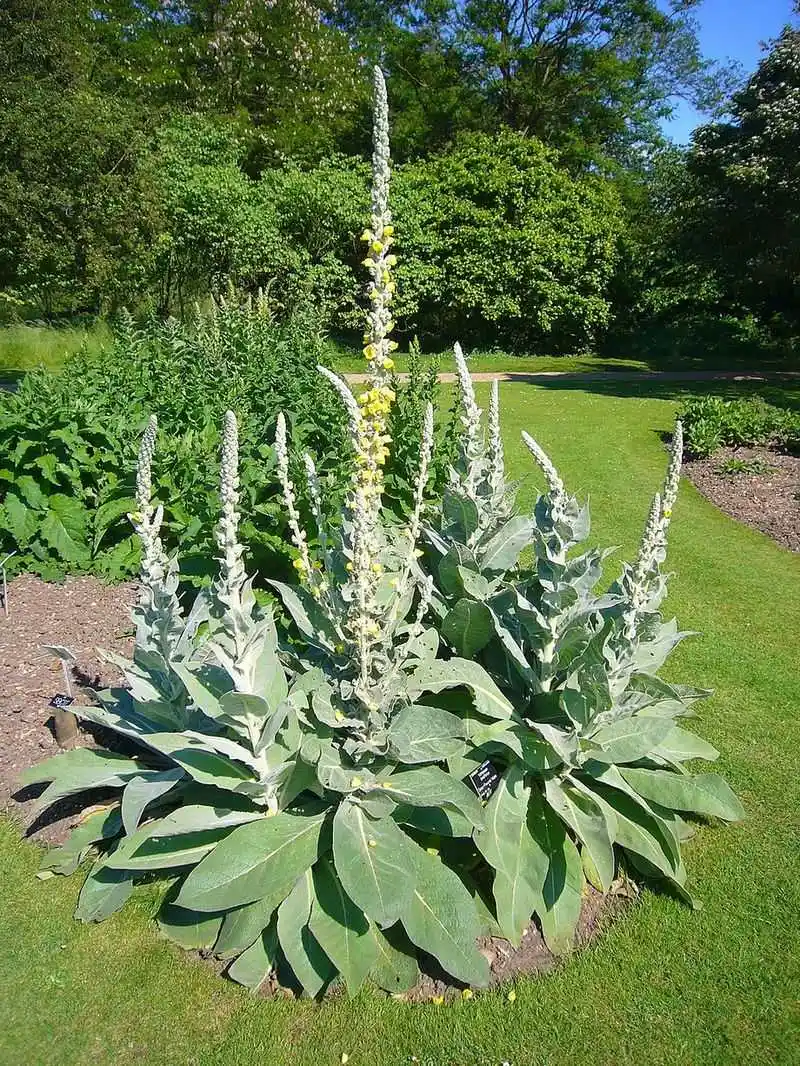
Mullein’s towering stalk and woolly leaves make it a striking presence along roadsides. Its ability to thrive in rocky, poor soils is legendary, often found in areas where few others can grow. Mullein’s flowers provide nectar for pollinators, supporting biodiversity in barren landscapes. Its medicinal properties have been valued throughout history, adding to its multifaceted appeal. As a plant that endures harsh conditions, mullein showcases nature’s creative resilience, turning desolate areas into thriving habitats.
Ryegrass

Ryegrass is celebrated for its adaptability, thriving in varied conditions, including polluted urban soils. Its rapid growth and dense roots make it a fantastic choice for erosion control and soil stabilization. Often used in urban greening projects, ryegrass brings a vibrant touch of green to neglected spaces. Its resilience is evident in its ability to flourish where others wither, providing ecological benefits and visual appeal. Ryegrass’s presence in challenging environments reflects its strength and versatility, a true urban survivor.
Yarrow

Yarrow’s feathery leaves and clusters of small white flowers create a striking contrast in dry, rocky environments. This hardy perennial thrives in poor soils, known for its drought tolerance and ability to improve soil quality. Yarrow attracts beneficial insects and serves as a natural pest repellent, making it a valuable addition to any neglected space. Its presence in challenging areas underscores its role as a guardian of the landscape, offering both ecological and aesthetic benefits. Yarrow’s tenacity is matched only by its delicate beauty.

